RECIPES, CHEESE, SOAP, CRAFTS & MORE
JANET HURST

Dedication
With love to my family: Charlie Hurst, Naomi Gottman, and James Bush. Through thick and through thin, throughout and through in, were gonna get through it together. With special memories of my late father, Albert Gottman, who told me I should never buy a goat!
First published in 2013 by MBI Publishing Company LLC and Voyageur Press, an imprint of MBI Publishing Company, 400 First Avenue North, Suite 300, Minneapolis, MN, 55401 USA
2013 Voyageur Press
Text 2013 Janet Hurst
All photographs Kim Carr unless otherwise credited.
All rights reserved. With the exception of quoting brief passages for the purposes of review, no part of this publication may be reproduced without prior written permission from the Publisher.
The information in this book is true and complete to the best of our knowledge. All recommendations are made without any guarantee on the part of the author or Publisher, who also disclaim any liability incurred in connection with the use of this data or specific details.
We recognize, further, that some words, model names, and designations mentioned herein are the property of the trademark holder. We use them for identification purposes only. This is not an official publication.
MBI Publishing Company titles are also available at discounts in bulk quantity for industrial or sales-promotional use. For details write to Special Sales Manager at MBI Publishing Company, 400 First Avenue North, Suite 300, Minneapolis, MN, 55401 USA
Digital Edition: 978-1-61058-657-3
Hardcover Edition: 978-0-76034-236-7
Library of Congress Cataloging-in-Publication Data
Hurst, Janet.
The whole goat handbook : recipes, cheese, soap, crafts & more / by Janet Hurst.
p. cm.
Includes bibliographical references and index.
ISBN 978-0-7603-4236-7 (alk. paper)
1. Goats. 2. Goat milk. 3. Goat cheese. 4. Goat meat. I. Title.
SF383.H87 2013
641.639--dc23
2012028074
Design manager: Cindy Samargia Laun
Cover design: Brad Norr
Interior design: Brad Norr & Chris Fayers
Layout: Chris Fayers
Illustration: Mandy Kimlinger
Contents
Introduction
T his book is written by a goat farmer for goat farmers. I am not a veterinarian, nor do I have formal training in veterinary science. I began my love affair with goats 25 years ago with the purchase of a single kid. From there I built a herd of 40 head, both angora and dairy goats. My adventures took me to employment on the largest dairy farm in Missouri, overseeing dairy goats and meat goats in numbers of 300 head (before kidding).
As you can imagine, experience quickly became my best teacher. A contract veterinarian set the protocols for routine care and management, which simplified the daily routines. However, animals are not known for good timing, and emergencies inevitably seemed to occur at night and on weekends or holidays, when I had the watch. I learned how to care for the herd by asking questions, shadowing the vet, then rolling up my sleeves with full knowledge that the health of the herd was in my hands. This book is a compilation of years of my own experience, combined with materials by goat experts from noted universities. This handbook will walk you through the process, from the selection of the animal, to an understanding of the breed, and on to the use of the products the animal will supply.
I hope you enjoy your journey with goats as much as I have. My life truly began the day I brought home my first one.
Goat Basics: Fact and Fiction
G oats. The mere mention of the word brings many images to mind. Children think of fairy tales complete with bridges and trolls; others share stories of goats eating labels from tin cans and tap dancing on top of their cars. There are many tales to tell, as goats remain one of the most creative and, yes, intelligent creatures on the planet. I know of no other animal that almost instantly brings a smile to the faces of those observing their antics. The kids hop, skip, and frolic their way through the pastures, making for hours of entertainment. Observing this carefree animal reminds us to stop and smell the roses, and maybe take a little taste of them, too!

Goats across Time

Goats are apparently as old as time itselfor at least certainly as old as the humans who have recorded their presence. Biblical references to goats are frequent, and the animal was often portrayed as a sacrificial animal, an image that has followed it throughout history. Cave dwellers depicted goats in primitive drawings; hieroglyphics also capture the goat as a part of everyday life in the Egyptian culture. Nomadic people found goats to be hardy, utilitarian beasts, and these animals have remained a part of their culture throughout history.
Studies show that goats are one of the earliest domesticated animals in Western Asia. The goat is thought to have descended from the Pasang or Grecian Ibex, a species of wild goat found in Asia Minor, Persia, and other nearby countries. A reference to the use of mohair from goats can be found in the Bible at the time of Moses when he told the children of Israel to bring white silk and goats wool to weave altar cloths for the tabernacle.
Goats love a game of king of the mountain. Many goatkeepers add seesaws, barrels, or other equipment to provide goat entertainment. Providing a few things for goats to do keeps them content and less likely to wonder what is on the other side of the fence.
The first Swiss goat importations to the New World came from Switzerland. Records of early settlements in Virginia and New England indicate that milk goats were brought to the United States by Captain John Smith and Lord Delaware. Prior to 1904, very few Swiss goats occupied the United States. In that year, a consignment of 10 Saanens and 16 Toggenburg goats arrived, followed by more in the next 2 decades. According to the Dairy Goat Production Guide published by the University of Floridas Animal Sciences Department, descendants of these goats spread all over the country and provided the basis for the development and improvement of milk goats in this country.
Desert Goats
I n my travels throughout Israel, I observed the Bedouin people, a nomadic tribe, traveling the desert with their entire encampment packed and carried by their camels. A herd of goats followed the caravan, their collar bells tinkling in the desert sun. Days later I saw the same tribe with their tents set up, the camels at rest, and the goats browsing on the scrub brush nearby. No fencing was used; the goats simply stayed by the camp, awaiting their masters hand for milking. When I inquired about the breed, I was told, No breed. We call them desert goats. Research proved the animals to be that of Shami or Damascus goat family. This multipurpose animal produces milk and meat. The hides are tanned for leather and the animals are often trained to pull small carts or even a miniature plow.


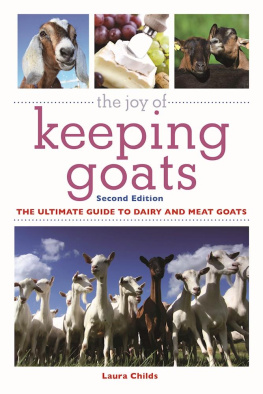
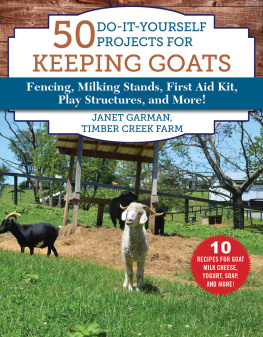
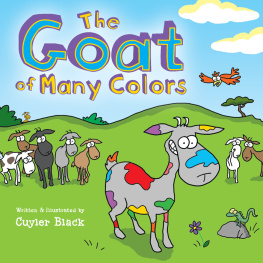
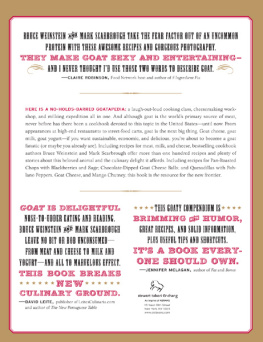
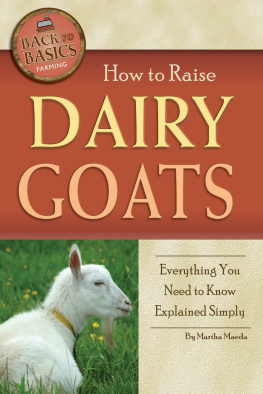
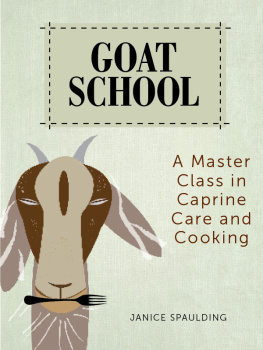






 Goats across Time
Goats across Time 